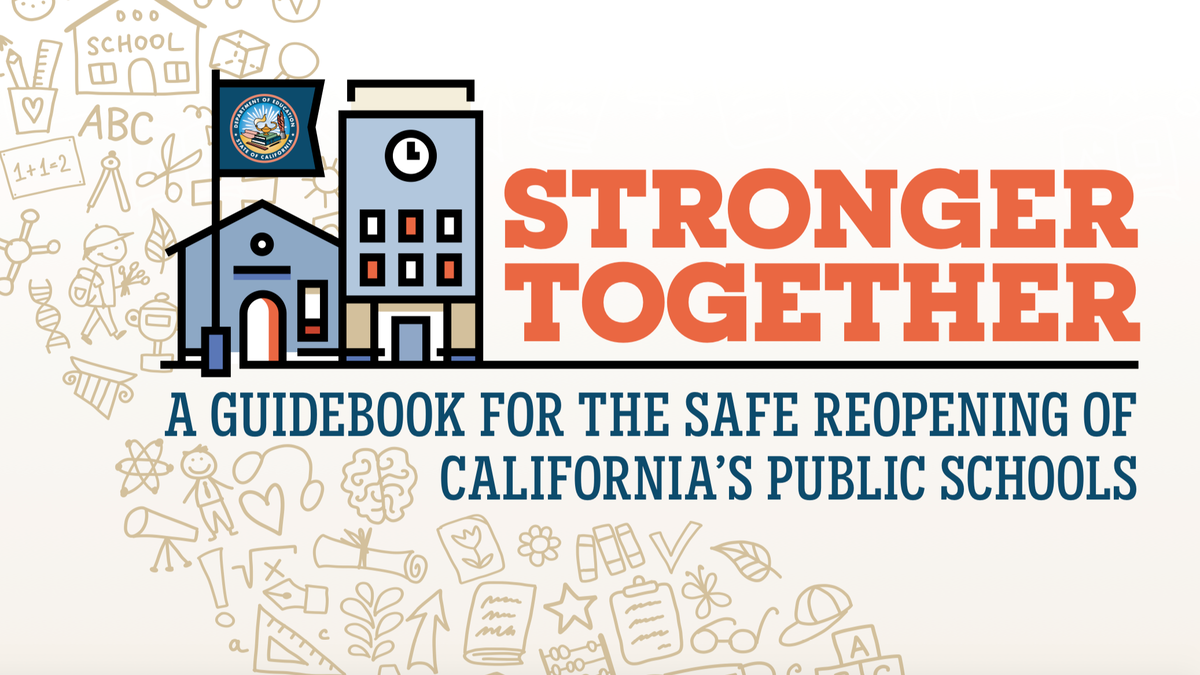Reopening California schools: Smaller class sizes, changes to schedules and masks
SACRAMENTO, Calif. - The California Department of Education has released guidelines for physical distancing and disinfection for school districts across the state before they reopen in the fall.
Schools in California have been closed since mid-March, when the Coronavirus Pandemic hit America. Since then, students have had to turn distance learning on the computer and endure drive-thru graduations.
When students return to the classroom thing will look very different. "Stronger Together: A Guidebook For The Safe Reopening of California's Public School" is a 62 page document released to the public and sent to school districts. It outlines everything from classes schedules, when masks will be required, where kids will eat lunch and even protocols for when students or staff show possible COVID-19 symptoms.

READ THE FULL STRONGER TOGETHER GUIDELINES
State Superintendent Tony Thurmond predicts class sizes will typically be capped at between 10 and 15 students in order to ensure proper physical distancing.
To accommodate those smaller class sizes, the state has provided school districts with four examples of scheduling models.
Example A: Two-Day Rotation Blended Learning Model: Students report to school on two designated days based on grade level for in-person instruction (example: Monday/Wednesday for grade levels K–3, Tuesday/Thursday for grade levels 4–6) .
Example B: A/B Week Blended Learning Model: Half of the student population attends in-person learning opportunities four full days per week while the other half is engaged in distance learning opportunities . The students would alternate each week .
Example C: Looping Structure: For schools serving grade levels TK–8, there is an opportunity for students to stay with the same teacher in cohorts for multiple grade levels .
Example D: Early/Late Staggered Schedules: Grade level bands would have staggered start and dismissal times, such as AM/PM rotations (for example, TK–2, 3–5, 6–8, 9–10,11–12) .
Distance learning is likely to be part of the next school year even if students do head back to school. And remain an option for parents who don't feel comfortable sending their child back to the classroom.
